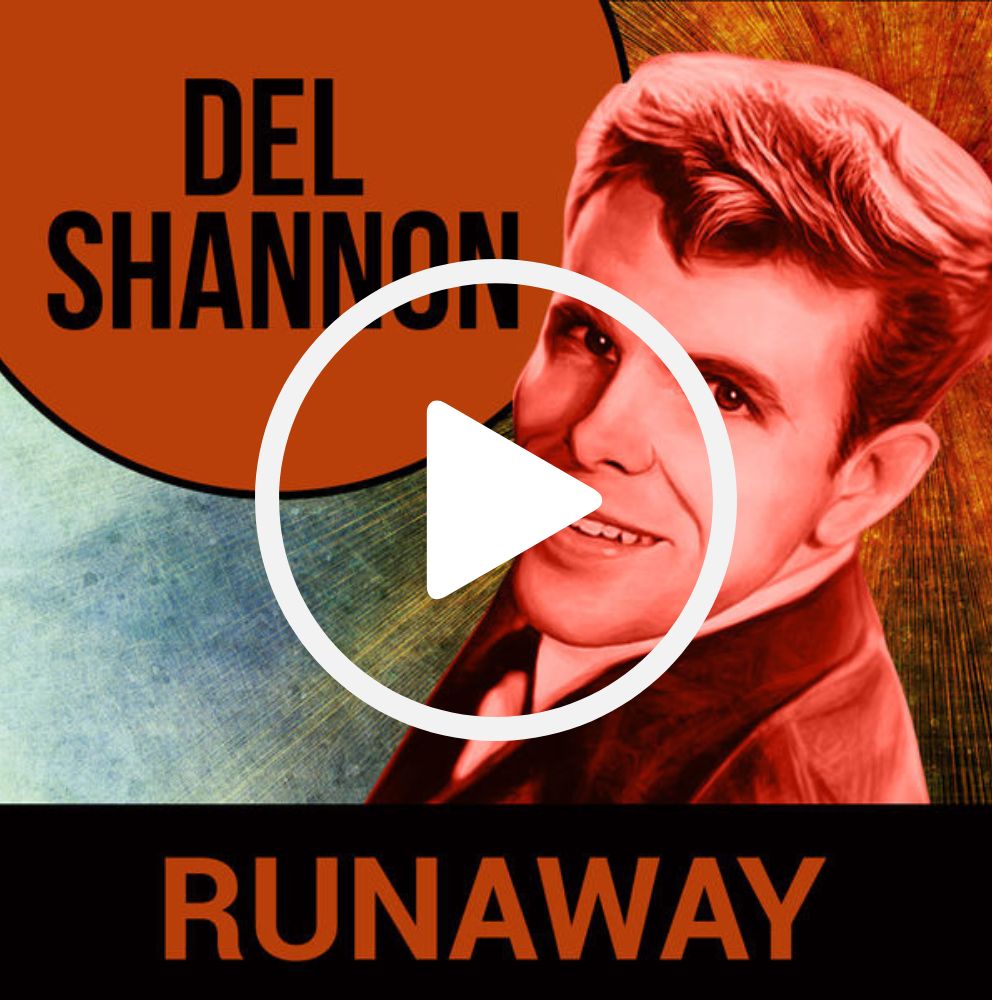ABOUT THIS SONG
A Sonic Odyssey of Heartache and Unrequited Love
**Del Shannon’s “Runaway”** is not just a song; it’s a sonic journey through the tumultuous landscapes of heartache and unrequited love. Released in 1961, this classic hit catapulted Shannon to stardom and left an indelible mark on the landscape of early rock and roll. With its distinctive falsetto, innovative use of a musitron, and unforgettable hook, “Runaway” stands as a testament to Shannon’s artistry and the emotional depth embedded in the fabric of the song.
The iconic opening notes of “Runaway” immediately draw listeners into its emotional vortex. Shannon’s haunting falsetto, coupled with the mournful wail of the musitron, creates an atmosphere of both longing and urgency. The song’s distinctive sound, marked by its innovative use of a synthesizer-like instrument, set it apart from the musical landscape of its time.
Lyrically, “Runaway” unfolds as a poignant narrative of heartbreak and the aftermath of a love gone astray. The protagonist expresses the pain of being left behind, capturing the raw emotions of rejection and abandonment. The chorus, with its anthemic repetition of “I’m a-walkin’ in the rain,” becomes a powerful refrain echoing the universal experience of wandering through the storm of unrequited love.
The meaning behind “Runaway” lies in its exploration of the emotional fallout of a fractured relationship. Shannon’s lyrics delve into the solitude and despair that follow the dissolution of a romantic connection. The imagery of walking in the rain becomes a poignant metaphor for the protagonist’s emotional journey, highlighting the isolation and vulnerability that accompany the experience of heartbreak.
Released during the early 1960s, a period marked by the emergence of innovative sounds and styles in popular music, “Runaway” contributed to the evolution of rock and roll. Del Shannon’s ability to infuse emotional depth into a catchy pop-rock melody showcased the genre’s capacity to transcend simple tunes and delve into the complexities of human emotion.
The enduring popularity of “Runaway” is a testament to its timeless appeal and its impact on subsequent generations of musicians. Covered and sampled by various artists across genres, the song’s influence extends far beyond its initial release. Its inclusion in soundtracks, commercials, and cultural references underscores its status as a classic that continues to resonate with new audiences.
In conclusion, Del Shannon’s “Runaway” is a musical masterpiece that transcends the boundaries of time and genre. Its haunting melody, innovative instrumentation, and emotionally charged lyrics create a sonic tapestry that captures the essence of heartache. As listeners immerse themselves in the evocative journey of “Runaway,” they become part of a collective experience that transcends decades, reminding us that the ache of unrequited love is a universal theme that echoes through the corridors of music history.
